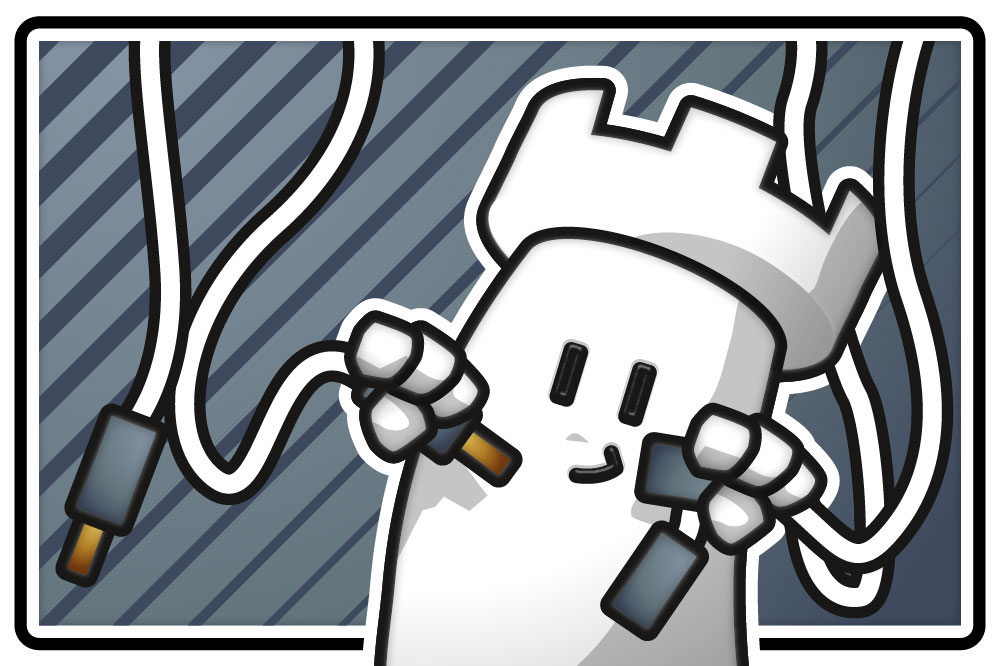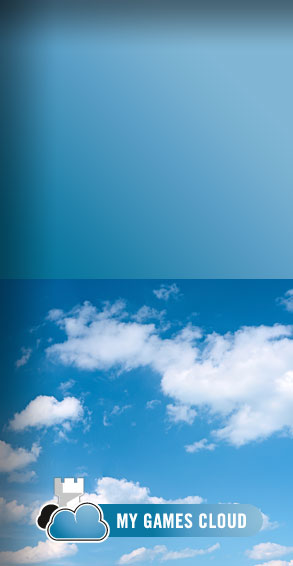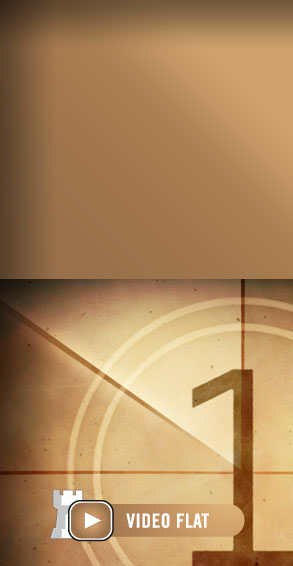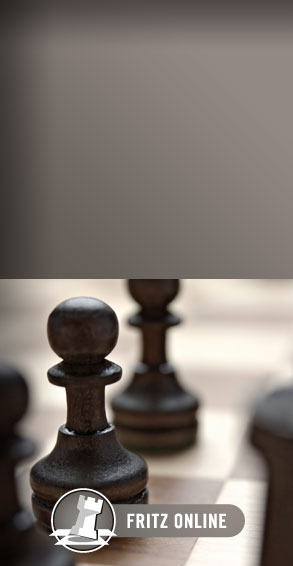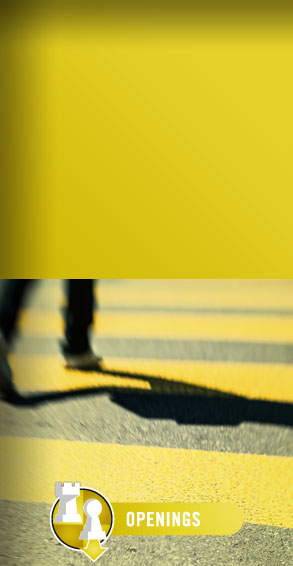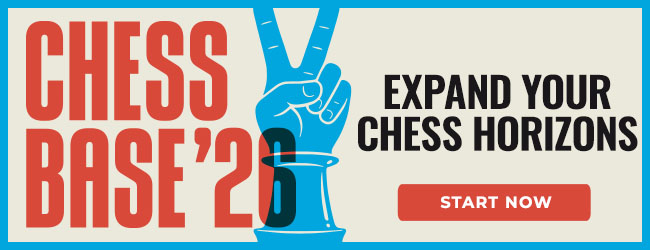Opening training — Move-by-Move
Our previous Fritz 17 tutorial showed how Fritz 17 helps you to learn and to drill an opening repertoire. The following tutorials will show how to create an opening repertoire to let Fritz 17 help you to memorize and to drill it.
Creating your opening repertoire
We will start with the "Move-by-Move" principle which is the basis for structuring your opening repertoire. The second part will show how available material can be added to the repertoire and the third part will talk about ready-made opening repertoires created by Fritz while also addressing some further questions.
Fritz saves the repertoire you create in the ChessBase cloud and therefore you have to enter your ChessBase account when starting Fritz 17.

The starting window of the program shows which ChessBase account is in use

For structuring, or entering the repertoire I go to "Enter & Analyse":

And via "Opening" to the "My Moves" tab.

My Moves:

In the tutorial I will create a repertoire for Black to illustrate how this works. Creating a repertoire for White is basically the same, you just have to switch to "Load White". Two videos by Matthias Wüllenweber also shows how powerful this feature is. In the first of these video tutorials the ChessBase developer explains how to create a repertoire, and in the second video he explains how to drill and learn the repertoire.
Creating a repertoire move-by-move
The basic idea is that you only include moves into your repertoire that you actually want to play. (In contrast to opening books or surveys which usually offer a number of playable alternatives.) This approach appears in its clearest form when you start to create your repertoire from scratch. However, when you already have a digitalized repertoire or other material in digital form you can quickly add this material to your repertoire in Fritz 17.
Sources for the repertoire
One can use a lot of sources to shape one's repertoire:
- Enter lines manually — ideal to analyse on your own or to work with a book
- Link the opening feature with the live-book
- Load or enter individual games or you can load lines from annotations directly into the opening repertoire
- Upload a bunch of lines (e.g. existing repertoire lines) and integrate them into the repertoire
- Use the ready-made repertoires that Fritz 17 offers for White and for Black, geared for players of four different levels
"Move-by-Move"
First, we take a look at the "Move-by-Move" option, where you enter your repertoire-moves manually or by linking to the live-book.
Entering moves manually
As we want to create a repertoire for Black we start with "Load Black".

Starting from scratch the repertoire is empty. First moves by playing them on the board, e.g. 1.d4 ♞f6 2.c4 g6 3.♘c3 d5. As we want to play the Gruenfeld, mark the move 3...d5 to make it part of the repertoire.

There are two buttons to mark the moves:

Both buttons save the lines which end with the marked move as part of the repertoire. Here, "Important For Me" means that this move is considered to be a bit more important in the hierarchy of variation.
Now the repertoire looks as follows:

All moves are saved in the repertoire and the next time I choose "Load Black" these moves will be loaded.
Note:
- It is not necessary to mark each and every move. The marked move and the line that leads to this move are included into the repertoire.
- However, it is useful to mark important positions — e.g. 3...d5 in the example above — and to start from here to take a look at possible lines.
- If you mark moves by Black these moves and the lines leading to them are only saved in your repertoire with Black.
Saving in the cloud
The repertoire is saved in the ChessBase Cloud which allows you to continue the work on the opening repertoire anytime at another computer or in the ChessBase Openings app. This way, the repertoire in the ChessBase Openings app is always identical with the repertoire in Fritz 17. For this, it is important to log in with your username when you start Fritz 17 — and, of course, to have an internet connection.
Entering the moves (with a book or a printed article as source)
As an example I manually enter a line against White's 4.♗g5 in the Gruenfeld Indian. After entering the crucial moves, something like the following will soon appear on the screen:
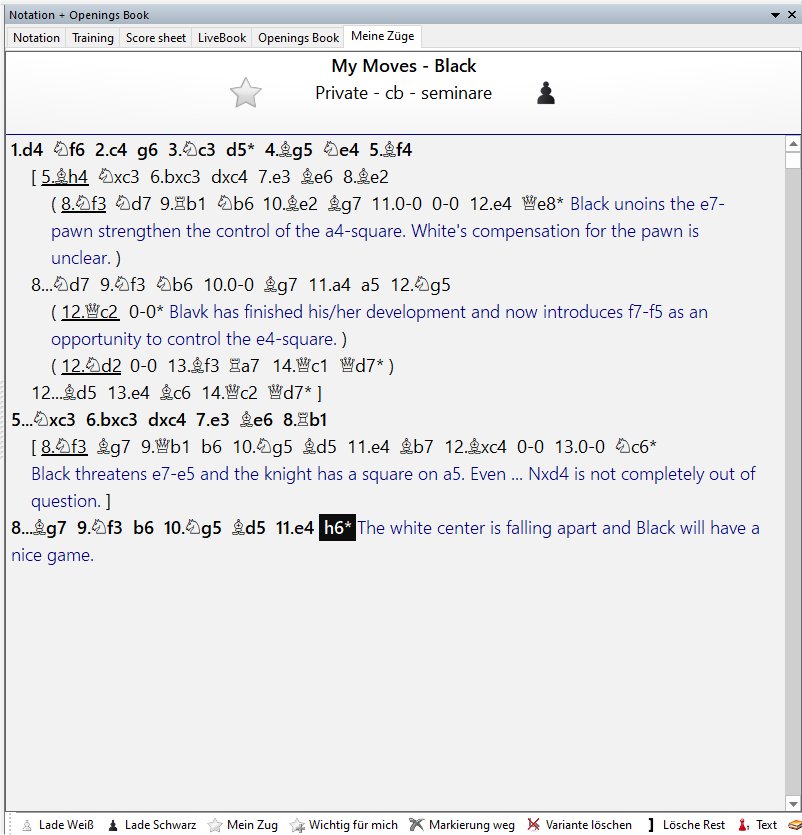
Entering text (double-click on the move or Ctrl+A) can be useful to specify the evaluations of the final positions or to describe important ideas.
If you have questions or suggestions for other tutorials, please do not hesitate to e-mail me: Martin.Fischer@chessbase.com.
Fritz 17 es la nueva edición de aquel mismo programa de ajedrez Fritz que ha fascinado al mundo del ajedrez desde hace unos 25 años (¡!): las victorias de Garry Kasparov y de Vladimir Kramnik; los métodos innovadores y modernos de entrenamiento para jugadores aficionados y profesionales; ajedrez cibernético en el servidor de Fritz, etc. Fritz es “el programa de ajedrez más popular de Alemania” (Der Spiegel) y ofrece todo lo que necesita el ajedrecista. La novedad más espectacular: Fritz 17 incluye el módulo basado en una red neuronal de inteligencia artificial, "Fat Fritz".
Enlaces
